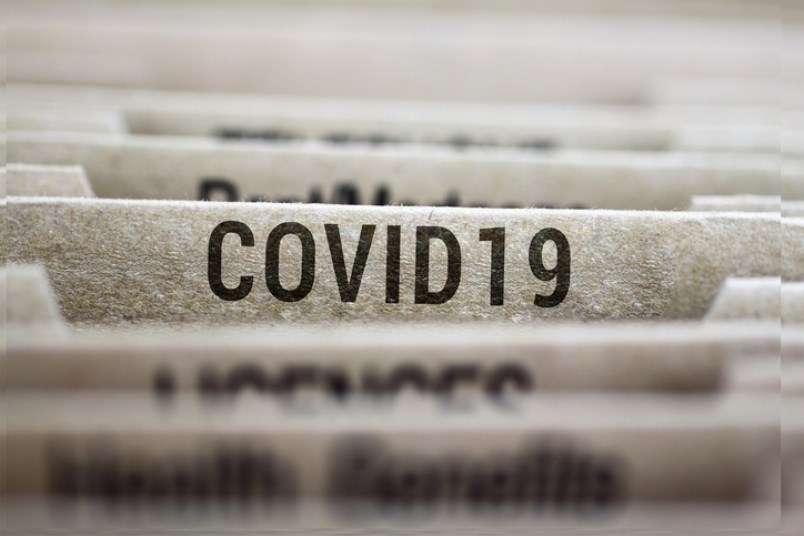Two Burnaby researchers are using math to probe the most effective ways to stop the spread of COVID-19 in workplaces, schools, transit, parties and other settings.
In a paper published yesterday in Proceedings of the National Academy of Sciences of the United States of America (PNAS), SFU professors Caroline Colijn and Paul Tupper outline a mathematical model for figuring out which of the various measures, such as social distancing, handwashing, masks, Plexiglas barriers and social bubbles, is best for a given activity.
“Currently, treatments are limited, and there is no approved vaccine,” states the abstract. “Interventions such as handwashing, masks, social distancing, and 'social bubbles' are used to limit community transmission, but it is challenging to choose the best interventions for a given activity. Here, we provide a quantitative framework to determine which interventions are likely to have the most impact in which settings.”
Colijn and Tupper introduce the concept of “event R” – the expected number of people who become infected with COVID-19 from one individual at an event – and then factor in four parameters: transmission intensity, duration of exposure, the proximity of individuals and the degree of mixing.
Their model has found physical distancing is effective at reducing COVID-19 transmission in all settings, but the effectiveness of social bubbles and masks depends on the situation.
For example, masking may be effective if the event is short, like riding on a bus, but not if it’s longer, like sitting in an office all day.
Colijn, an SFU infectious disease specialist and mathematician, gives the analogy of mosquitoes and a window screen with a hole in it.
“If you’re in the room for 10 minutes, is that screen going to help you not get a mosquito bite? Yeah, probably. But if you’re in the room for 10 hours, a mosquito’s going to get through that hole,” she said. “The screen changes the rate at which the mosquitoes can enter the room, but if you sit in that room long enough, you’re going to get a mosquito bite.”
The model was designed using data from outbreak reports from around the world, according to Colijn, and will help “disentangle” which interventions will work best in any given situation, she said.
Tupper, an SFU mathematics professor, said the model is a decision-making tool.
“Someone’s actually making an app where you can plug the numbers in,” he said. “We’re excited about that.”
To read the full paper by Colijn and Tupper, click here.
Follow Cornelia Naylor on Twitter @CorNaylor
Email [email protected]



